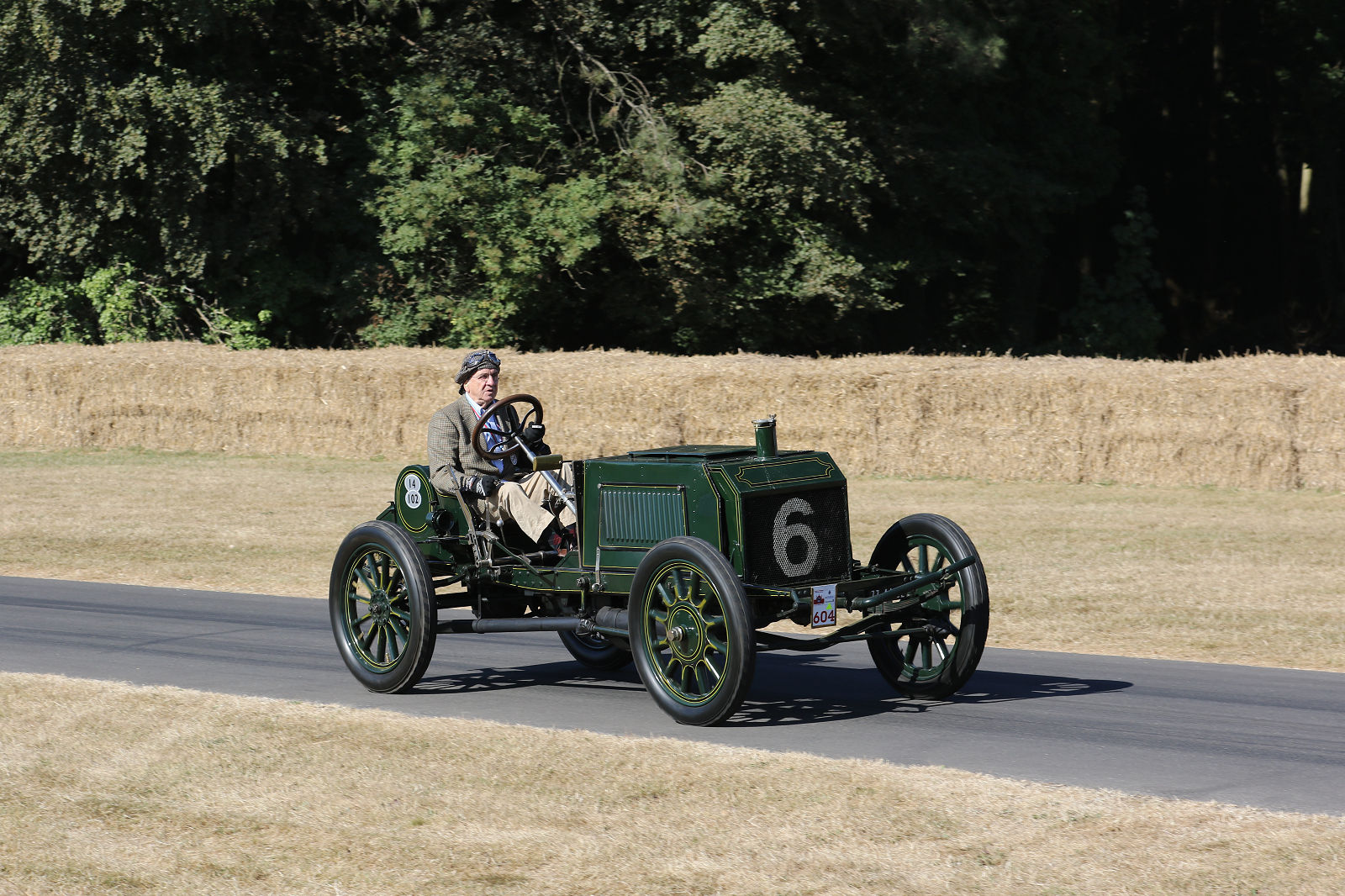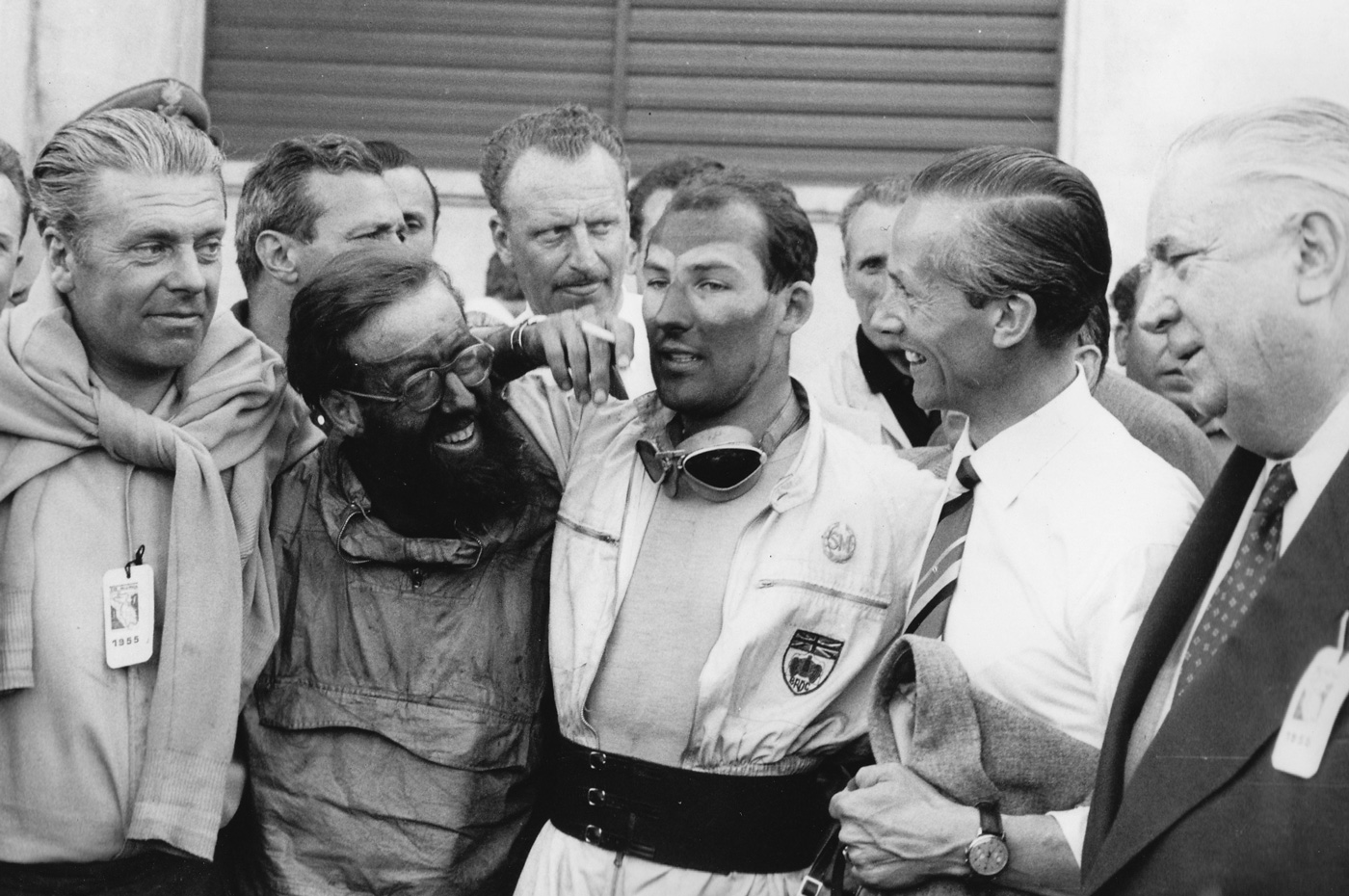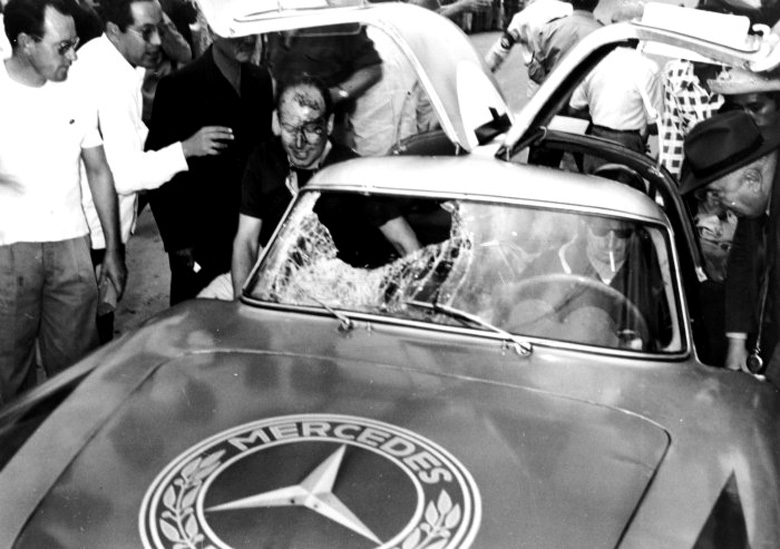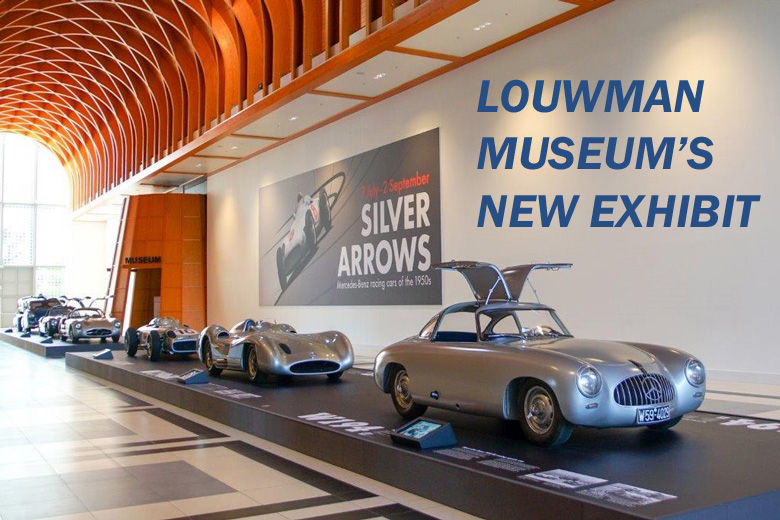And How! features open and innovative formats for notices, articles and posts
By Gijsbert-Paul Berk
The Louwman Museum at The Hague, Netherlands now hosts a collection of the famous Mercedes Silver Arrows sports and racing cars from the 1950s.
This exhibition is in fact a tribute to the three men who made the three-pointed Mercedes star its shine again after WW II; Fritz Nallinger, Technical Director, Rudolf Uhlenhaut, Chief Development Engineer, and Alfred Neubauer, Manager of the Racing Department. Their close collaboration had begun in the mid-thirties, so they knew and trusted each other. I don’t have to remind the readers of VeloceToday.com that the various Mercedes sports-and racing cars were very successful in the early fifties, with Juan Manuel Fangio winning the 1954 and 1955 F1 World Championship, and Stirling Moss with Dennis Jenkinson winning the 1955 Mille Miglia. These iconic cars can be seen at The Hague until September 2, 2018

At the occasion of the opening, Evert Louwman (left) the founder of the Museum that houses his collection and bears his name, presents a copy of the book about the famous Silver Arrows to Dennis Heck of Mercedes-Benz Classic, who made the exhibition possible.

Hugues Vanhoolandt photographed Evert Louwman, owner of the Louwman Museum at Goodwood last week, driving the 1903 Napier 100HP, which was one of the fastest cars of its time and the first car to compete in British Racing Green.

Once upon a time. Juan Manuel Fangio first, Stirling Moss second at the 1955 Grand Prix of Zandvoort, Netherlands. It took place one week after the Le Mans tragedy. Photo courtesy Louwman Museum.

After the 1955 Mille Miglia victory. From left to right: Rudolf Uhlenhaut, Dennis Jenkinson, Stirling Moss, Fritz Nallinger and Alfred Neubauer. Photo courtesy Daimler Benz.

First international victory. In 1952 the new Mercedes-Benz W194 (predecessor of the 300Sl ) participates for the first time in the Carrera Panamericana and a came in first and second.

Karl Kling, who won the race, was hit by a vulture at a speed of about 200 km/h (120 mph). The impact briefly knocked his co-driver and navigator Hans Klenk unconscious. Bleeding badly from facial wounds Klenk persuaded Kling to press on for the tire change stop at almost 70 km (43 mi) further. Herman Lang finished second, Photos courtesy Daimler Benz.
See a tour of the Louwman Museum by Hugues Vanhoolandt
